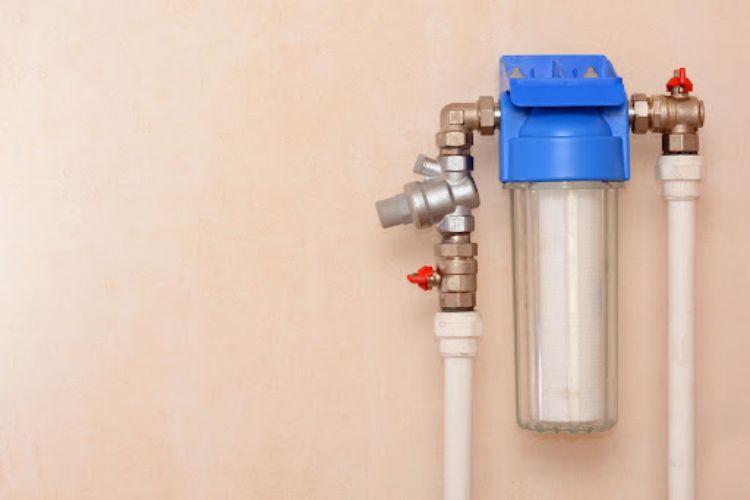 Are you looking for a filtration system for the water in your home? Have you heard about a sediment filter, but you don’t know enough about them?
Are you looking for a filtration system for the water in your home? Have you heard about a sediment filter, but you don’t know enough about them?
More than 30 million Americans live in areas where water systems don’t meet the safety requirements. Clean water is an essential key to staying healthy.
A sediment filter can remove small particles of sand and rust from your water. Here’s a quick rundown on sediment filters and how they work.
What Are Sediment Water Filters?
A sediment water filter is a mechanical device that removes impurities from water. It works like a screen door or a sieve, letting the water through while trapping particles of dirt or rust.
Storms and rainwater can cloud your water with sand and other debris. Older pipes sometimes flake rust into your water. If you have well water, other particles may be in your water supply. A sediment filter traps these particles and removes them.
Does a Sediment Water Filter Purify Water?
A sediment water filter only removes debris from your water. It works as a prefilter alongside other systems that do the water purification work. Removing the sediment from your water helps the other systems work more efficiently.
Sediment filters will not remove bacteria, heavy metals, or chemicals from your water, and they don’t improve the taste or odor of water.
Types of Sediment Water Filters
Spin-down filters use centrifugal force to fling the debris to the outside edge of the filter. You can empty these filters when they are full of debris.
Bag filters are polyester felt or polypropylene felt bags. These filters process the water through tiny pores in the bag.
String wound filters are cotton or polyester string tightly wound around a core. This type of filter looks a bit like a long ball of yarn.
To make a melt-blown filter, you blow high-velocity gas through some melted polymer. That creates fine fibers. These fibers can filter very fine particulate as well as larger particles. Replaceable BB20 cartridges are an advantage of this type of filter.
Pleated filters are long filters made up of a lot of folded pleats. The folds give the filter a lot of surface area, making it ideal for catching more sediment. They are great for larger particles.
Changing Sediment Filters
A sediment water filter becomes less efficient over time as it begins to clog from trapped debris. Most filters require periodic replacement. An excellent way to know it is time to change the filter is by monitoring your water pressure.
When water pressure drops, it’s due to the filter slowing the flow rate. It’s a great indication that it’s time to check your sediment filter.
Find the Right Filtration System
Now that you know what sediment filters are, you know what things they can and can’t filter out of your water. You can be confident when choosing a sediment filter to be a part of your home water filtration system.
We hope you found some great information in this article. If so, be sure to use the simple search feature to check out more tips on water filtration. You can find more helpful advice on the Home and Garden category as well.




